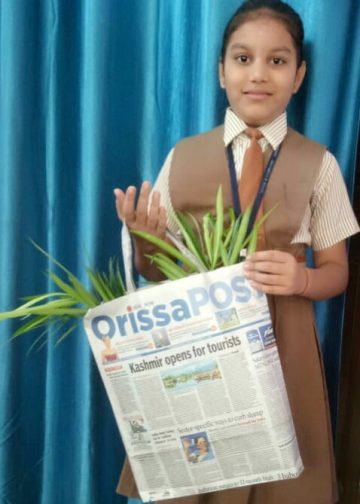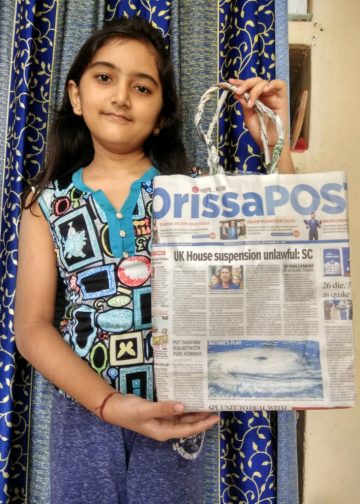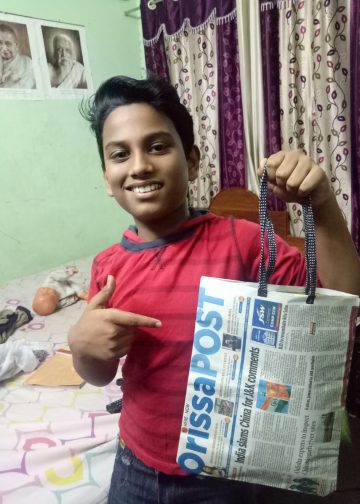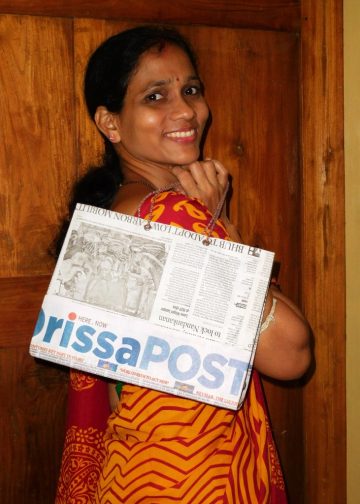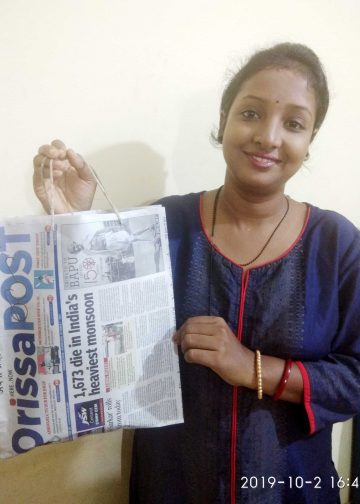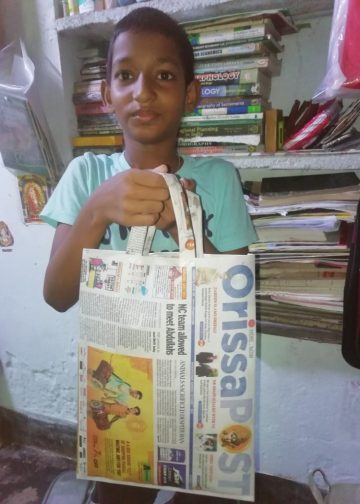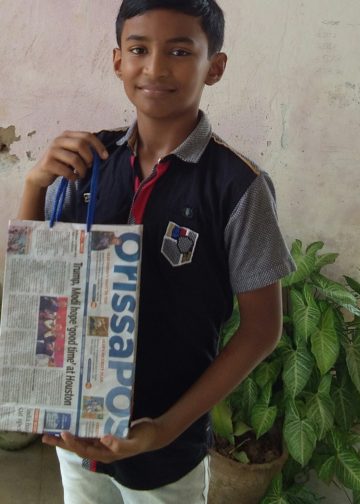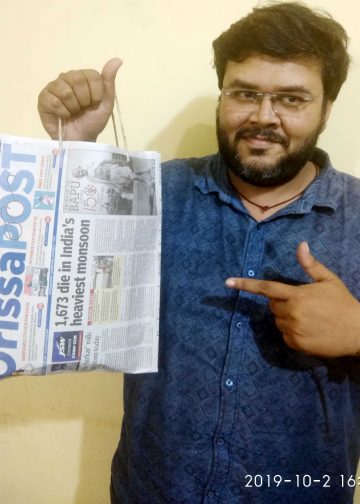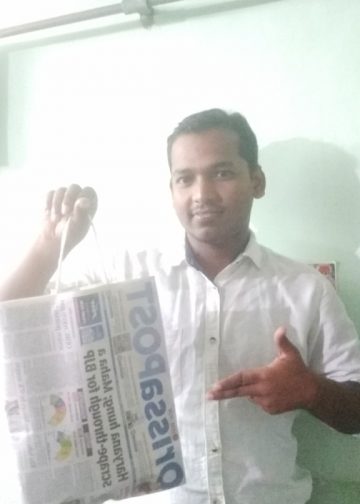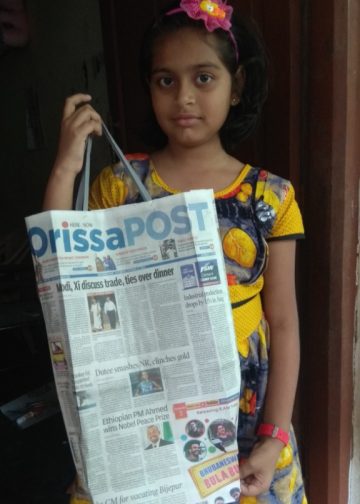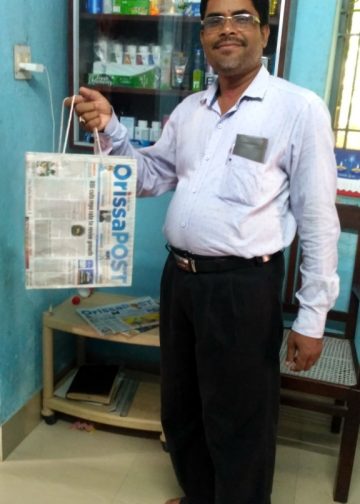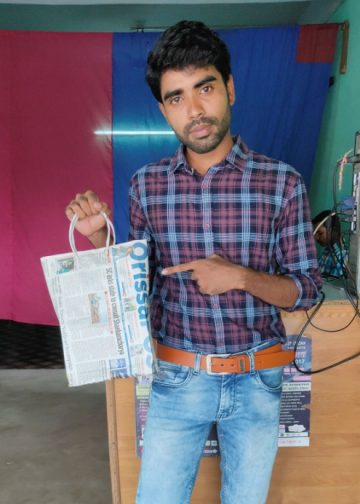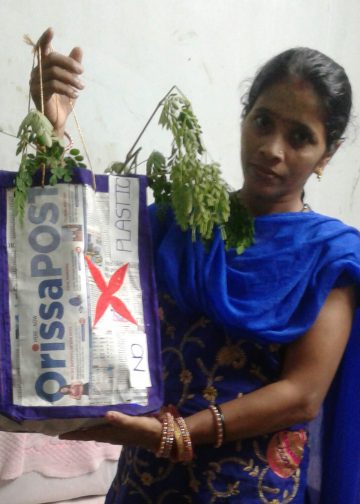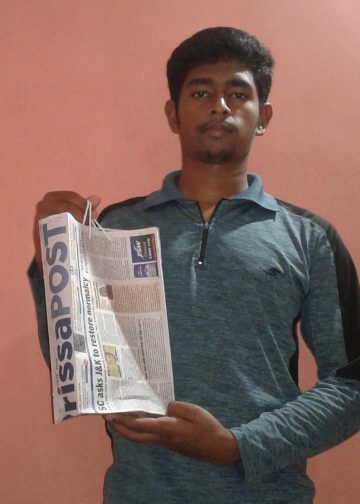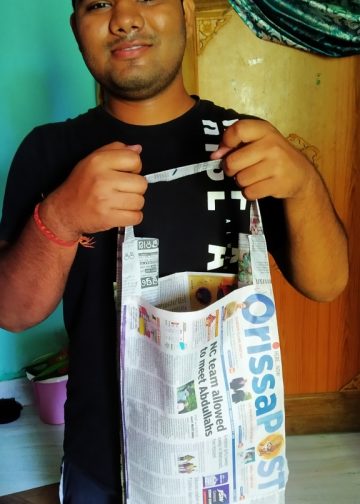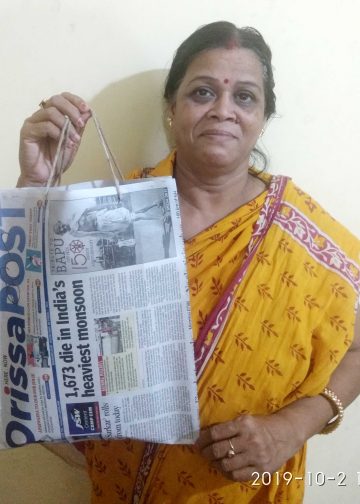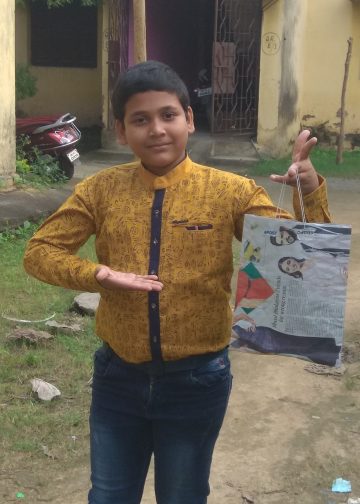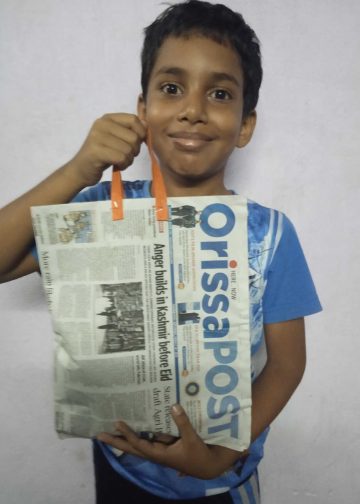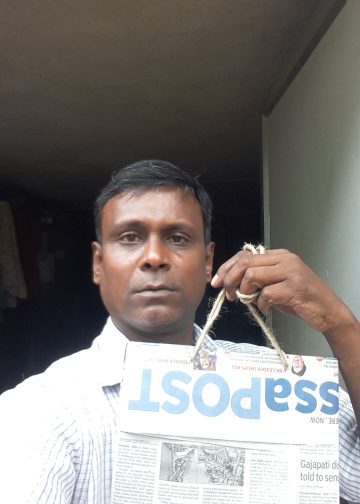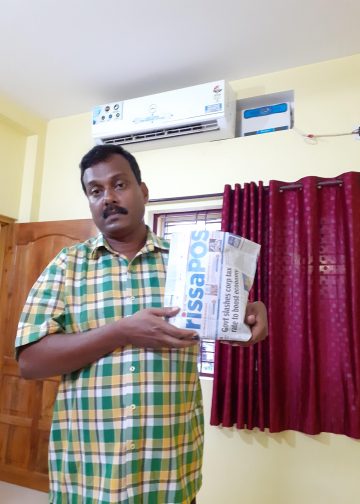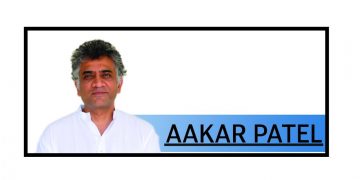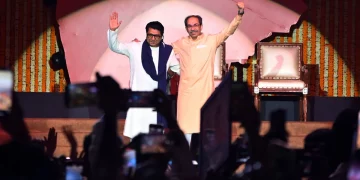Pragati Prava
In contrast with the lenient, often undisciplined, environs of the contemporary academe, ace sculptor Sudarshan Sahoo’s creative hub in Bhubaneswar follows the austere spiritual principles of the ancient Gurukul system of education
“From the divine land of Puri I moved to the capital city to teach aspirants the aesthetic essence of the rich arts and sculptures of Orissa. My sole aim behind moving base to the temple city was to hone master sculptors who would preserve and promote the rich heritage of Orissa,” said acclaimed Oriya sculptor Sudarshan Sahoo.
The Padma Shri award winner established Sudarshan Art and Crafts Village at Jayadev Vihar in Bhubaneswar in 1991. Apart from state-of-the-art statutes and sculpted masterpieces, the arts hub houses a training and creative centre for traditional sculpture made of stone, wood and fiberglass. The Ministry of Handloom, Textiles, and Handicrafts, Government of Orissa, provides stipend to the students.
Apart from preserving and promoting the legacy of the ancient art form, Sahoo creates expressive sculptures of the human form, moods and passions and these works grace his academy. Sahoo’s dedication is unflagging and his extravagant creations have secured for him a revered place in the artistic fraternity.
A pioneering figure in the development of traditional sculpture, Sahoo set up the Sudarshan Crafts Museum in Puri in 1977, which provides a platform to upcoming artists to display their talent to art lovers from across the world. The museum, a meeting point for sculptors, witnesses a footfall of 50,000 foreign tourists every year.
Sahoo carved Jataka tales of Lord Buddha at the Dhauli Peace Pagoda in Bhubaneswar in 1971 which brought him worldwide recognition. Later, he created a Buddha Sangha at Takamori in Japan in 1976 and decorated several sites with stone statues of Lord Buddha. He also created Jataka murals for the Buddhist Pagoda in Milton Keynes, UK, in 1980.
Other creations are murals of the Buddha in stone, fiberglass statues for the Darjeeling Peace Pagoda created in 1992, gold-plated fiberglass statues for the Buddhist Peace Pagoda at Wardha carved in 1993 and a monumental sandstone gate, 36 ft by 36 ft, installed at Barunei in Orissa.
Steel tycoon LN Mittal bought a Krishna idol made of soft stone and other pieces by Sahoo in 2006. Sahoo also contributed towards creating a Peace Pagoda at Indraprastha Park in New Delhi in 2010 and gold-plated wooden and fiberglass statues for monasteries in Kolkata, Mumbai, New Delhi and Vaishali.
Along with his wife Annapurna and ably assisted by his sons Rabi Narayan and Surya Narayan, Sahoo created a granite monolith of Jain Tirthankar weighing more than 100 tonne, which is a 16 ft-one-piece-granite statue. It was placed in Pushpagiri, Madhya Pradesh.
Padma Shri apart, Sahoo has received the national award for stone carving in 1988 and Shilp Guru Award in 2003.
The ace sculptor, who has been conferred with doctorate and DLitt by reputed universities, has studied up to Class V. When he was 13, he got an opportunity to receive training under Gurus Bhubaneswar Mohapatra and Kunia Moharana of Puri.
Dwelling on his experience of grasping the nitty-gritty of sculpting, Sahoo said: “You should be free from all concepts and ideas to learn the majestic art form. You are God’s chisel, His instrument. He uses you to create masterpieces.”
Asked whether aspiring sculptors require university training, Sahoo said: “Mastering the art form requires proper handling of the chisel which needs supple muscles, bones and joints. After a certain age, bones and muscles lose their suppleness. If you join universities to learn the art form it would take you many years to acquire degrees and qualifications. By that time your muscles and joints would have matured and it could be difficult to handle a chisel. Further, a preoccupied mind has no place for intuition, which is vital for creativity.” According to Sahoo, 9 is the perfect age to start learning the art form.
Those who learn sculpting as a pleasurable hobby are not encouraged in Sahoo’s training centre, which strictly follows the Gurukul system of learning and looks much like a Vedic era ashram. Sahoo and his disciples reside in the ashram as a family. “The students are a part of my family. The method of education is regular exchange of ideas and knowledge. There is a central kitchen which provides food to all the inmates, including my family members. All of us sit together to have breakfast, lunch and dinner. We maintain time and discipline while staying focused on harnessing our skills and carving our thoughts on stone,” he said.
The master sculptor is critical of the government’s indifference in promoting sculpture. “The government, instead of promoting the state’s heritage which has brought us global reputation, is taking steps that are antithetical to the development of the art form. Sculptors are a discouraged lot with the government banning artists from using stones extracted from a few mines. The lack of stones is taking a toll on sculptors, who are often left with no choice but to stop work,” Sahoo said, adding that sculptors are forced to procure smuggled stones at steep prices.
“Sculptors have to wait for months, and sometimes years, for government certification to get their products exported,” he lamented.







